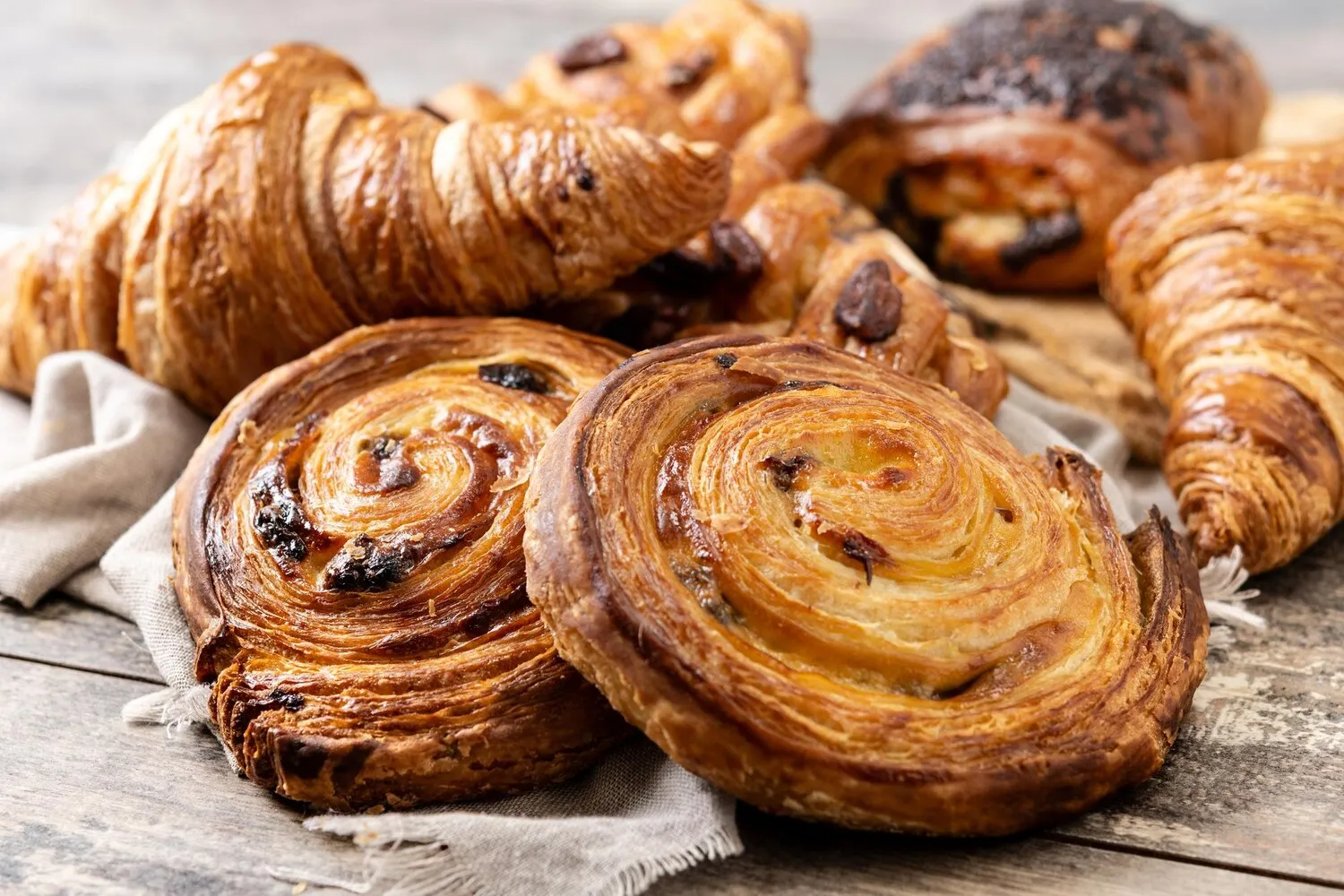
Pastries
Variety of pastries offered.
Nutrition Facts
* The % Daily Value (DV) tells you how much a nutrient in a serving of food contributes to a daily diet. 2,000 calories a day is used for general nutrition advice.
The history of pastries spans millennia and continents. Ancient civilizations like the Egyptians, Greeks, and Romans created early forms of pastries using ingredients like honey, flour, and oil. These were often used in religious ceremonies or as simple, sweet treats. As trade routes expanded, ingredients and techniques spread across the globe, leading to regional variations and innovations. From the elaborate pastries of the French court to the simpler baked goods of peasant cultures, pastries reflect a diverse culinary heritage.
Pastries hold significant cultural importance in many societies, often associated with celebrations, holidays, and traditions. They are frequently a symbol of hospitality, comfort, and indulgence.
Celebrations
Pastries are central to many celebrations worldwide. Birthday cakes, wedding cakes, and holiday cookies are just a few examples of how pastries mark special occasions and bring people together.
Culinary Traditions
Many cultures have unique pastry traditions passed down through generations. These traditions often involve specific recipes, techniques, and ingredients that reflect the region's culinary heritage.
Social Gatherings
Pastries are often shared during social gatherings, creating a sense of community and camaraderie. Coffee shops and bakeries serve as meeting places where people can enjoy pastries together and connect with one another.
The flavors of pastries are incredibly diverse, ranging from sweet and buttery to savory and spiced. Key elements include sweetness, richness, and a balance of textures.
Sweet pastries often feature ingredients like sugar, honey, fruits, chocolate, nuts, and various creams and custards. Savory pastries may incorporate cheese, meats, vegetables, and herbs. Spices such as cinnamon, nutmeg, cardamom, and ginger are frequently used to add warmth and complexity. The texture is also crucial, with variations ranging from flaky and crisp to soft and chewy, achieved through different dough preparations and baking techniques.
Ingredient Temperature
Ensure ingredients, especially butter and eggs, are at the correct temperature as specified in the recipe. Cold butter is crucial for flaky crusts, while room-temperature eggs incorporate more easily into batters.
Measuring Accuracy
Measure ingredients accurately using measuring cups and spoons. Baking is a science, and even small variations can affect the final outcome.
Oven Temperature
Use an oven thermometer to ensure your oven is at the correct temperature. Baking times can vary significantly if the oven is too hot or too cold.
Don't Overmix
Avoid overmixing doughs and batters, as this can lead to tough or dense pastries. Mix until just combined.
Explore additional Pastry dishes and restaurants
Explore PastryDiscover top dining spots and culinary experiences in Rio Claro.
Explore Rio ClaroLearn more about the food culture, restaurant scene, and culinary heritage of Brazil.
Explore Brazil
